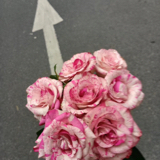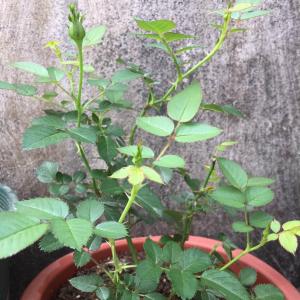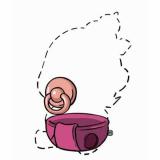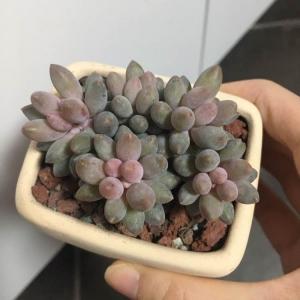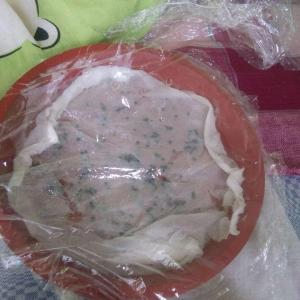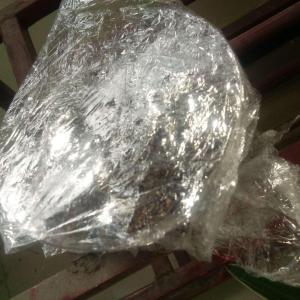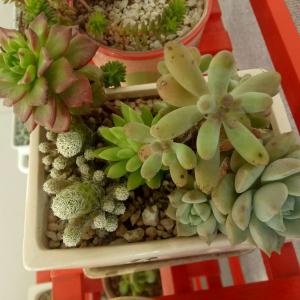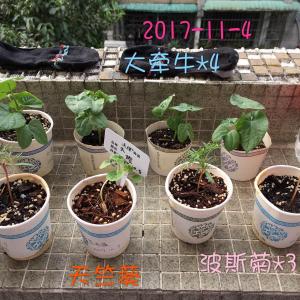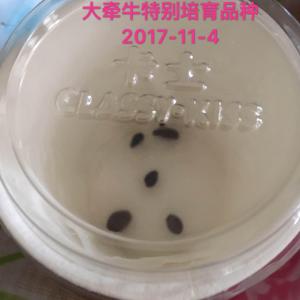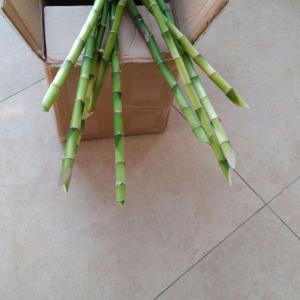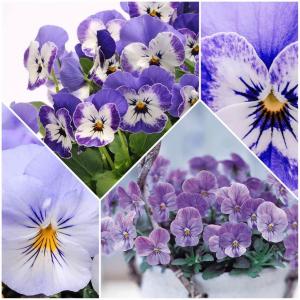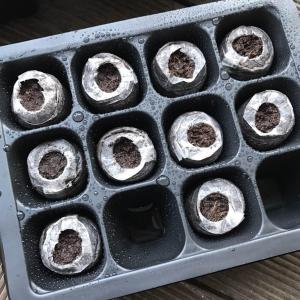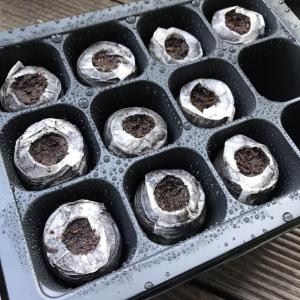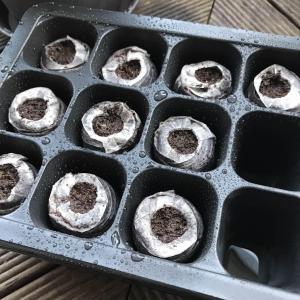文章
Miss Chen
2017年11月10日

Pests are attracted to garden strawberries (Fragaria x ananassa) as much as people are, but companion plants help keep pests at bay. Strawberries grow as perennials in U.S. Department of Agriculture plant hardiness zones 5 through 8 and as annuals in warmer zones. Companion plants for strawberries deter and distract pests, and host beneficial insects, but they don't compete with strawberries for light or nutrients. Space strawberries and their companions according to their final growth dimensions.

Herb Choices
Strawberries thrive in gardens with annual and perennial herb companions. Borage (Borago officinalis) helps strawberries resist insects and diseases, and common thyme (Thymus vulgaris) deters worms, according to a Michigan State University Extension in Kalamazoo County article. Borage is an annual herb that grows 12 to 36 inches tall and 9 to 18 inches wide; it bears bright-blue, star-shaped flowers in summer. Common thyme, which is hardy in USDA zones 5 through 9, grows 6 to 12 inches tall and wide, and bears tiny, lilac flowers from late spring through early summer. Another herb companion for strawberries is oregano (Origanum vulgare). Hardy in USDA zones 4 through 9, oregano varieties range from low, spreading mats to upright, bushes. They bear pink, purple or white flowers.
Vegetable Selections
In the vegetable patch, strawberries' companion plants include onion (Allium cepa), lettuce (Lactuca sativa) and spinach (Spinacia oleracea). Growing 12 to 18 inches tall and 6 to 12 inches wide, onion is grown for its flavorful, aromatic bulbs and leaves; it is harvested as an annual crop. Lettuce and spinach grow 6 to 12 inches tall and wide; they are annual plants. Lettuce varieties include romaine, iceberg, loose leaf and butterhead. A cool-weather vegetable, spinach is an upright plant with leaves rich in iron, phosphorus and vitamins A, B and C. Grow strawberries and vegetable companion plants in alternate rows for their maximum benefit.

Annual Flowering Varieties
Annual flowering plants attract beneficial insects to strawberries they are near. Nasturtium (Tropaeolum spp.) grows 1 to 10 feet tall and 1 to 3 feet wide, depending on the species and cultivar, and bears cream, yellow, orange or red flowers with a spicy fragrance in spring through fall. Marigold (Calendula officinalis), growing 1 to 2 feet tall and wide, bears chrysanthemum-resembling, deep-orange to yellow, early summer flowers that bloom through fall in cool climates. Both of these annuals grow readily from seeds sown directly in the ground just before the average final frost date, and they reseed in favorable conditions.
Perennial Flowering Options
Strawberries are productive ground-cover plants in garden borders with perennial companions. Pincushion flower "Butterfly Blue" (Scabiosa "Butterfly Blue") and speedwell "Foxy Lady" (Veronica "Foxy Lady") thrive in the same full-sun sites and moist, well-drained soil in which strawberries do well. Hardy in USDA zones 5 through 9, "Butterfly Blue" grows 12 to 18 inches tall and wide. It bears 2-inch, lavender-blue, pincushionlike flowers spring through fall and into winter in mild climates. "Foxy Lady," which is hardy in USDA zones 4 through 8, grows 12 to 18 inches tall and 9 to 12 inches wide. It produces 12- to 15-inch spikes of fuschia-pink and white flowers in summer.

Herb Choices
Strawberries thrive in gardens with annual and perennial herb companions. Borage (Borago officinalis) helps strawberries resist insects and diseases, and common thyme (Thymus vulgaris) deters worms, according to a Michigan State University Extension in Kalamazoo County article. Borage is an annual herb that grows 12 to 36 inches tall and 9 to 18 inches wide; it bears bright-blue, star-shaped flowers in summer. Common thyme, which is hardy in USDA zones 5 through 9, grows 6 to 12 inches tall and wide, and bears tiny, lilac flowers from late spring through early summer. Another herb companion for strawberries is oregano (Origanum vulgare). Hardy in USDA zones 4 through 9, oregano varieties range from low, spreading mats to upright, bushes. They bear pink, purple or white flowers.
Vegetable Selections
In the vegetable patch, strawberries' companion plants include onion (Allium cepa), lettuce (Lactuca sativa) and spinach (Spinacia oleracea). Growing 12 to 18 inches tall and 6 to 12 inches wide, onion is grown for its flavorful, aromatic bulbs and leaves; it is harvested as an annual crop. Lettuce and spinach grow 6 to 12 inches tall and wide; they are annual plants. Lettuce varieties include romaine, iceberg, loose leaf and butterhead. A cool-weather vegetable, spinach is an upright plant with leaves rich in iron, phosphorus and vitamins A, B and C. Grow strawberries and vegetable companion plants in alternate rows for their maximum benefit.

Annual Flowering Varieties
Annual flowering plants attract beneficial insects to strawberries they are near. Nasturtium (Tropaeolum spp.) grows 1 to 10 feet tall and 1 to 3 feet wide, depending on the species and cultivar, and bears cream, yellow, orange or red flowers with a spicy fragrance in spring through fall. Marigold (Calendula officinalis), growing 1 to 2 feet tall and wide, bears chrysanthemum-resembling, deep-orange to yellow, early summer flowers that bloom through fall in cool climates. Both of these annuals grow readily from seeds sown directly in the ground just before the average final frost date, and they reseed in favorable conditions.
Perennial Flowering Options
Strawberries are productive ground-cover plants in garden borders with perennial companions. Pincushion flower "Butterfly Blue" (Scabiosa "Butterfly Blue") and speedwell "Foxy Lady" (Veronica "Foxy Lady") thrive in the same full-sun sites and moist, well-drained soil in which strawberries do well. Hardy in USDA zones 5 through 9, "Butterfly Blue" grows 12 to 18 inches tall and wide. It bears 2-inch, lavender-blue, pincushionlike flowers spring through fall and into winter in mild climates. "Foxy Lady," which is hardy in USDA zones 4 through 8, grows 12 to 18 inches tall and 9 to 12 inches wide. It produces 12- to 15-inch spikes of fuschia-pink and white flowers in summer.
0
0
旃檀ཙན་དན
2017年11月06日

11.06号记录,种球已经开始陆续发芽,有肉眼可见的芽点冒出。其中一颗最大的球5天前尝试直接埋土播种,期间挖出来看过一次,也有一个很明显的出芽点,又埋回去了,目前土面比较平整,没有东西冒出来。
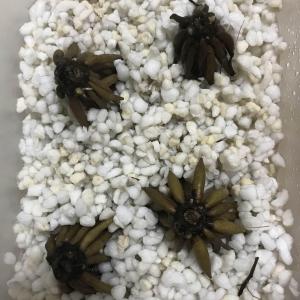

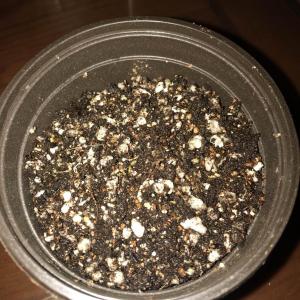



0
0
成长记
阿罗
2017年11月02日

重新水培。
斜切,泡多菌灵,阴处晾干(3:30-6:30)。
换晾晒5天的自来水,2L加阿司匹林肠溶片2片。这次定个位置绝不移动,半个月内不换水,看看能生根长大吗?
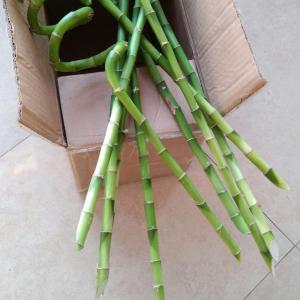
斜切,泡多菌灵,阴处晾干(3:30-6:30)。
换晾晒5天的自来水,2L加阿司匹林肠溶片2片。这次定个位置绝不移动,半个月内不换水,看看能生根长大吗?

0
0





